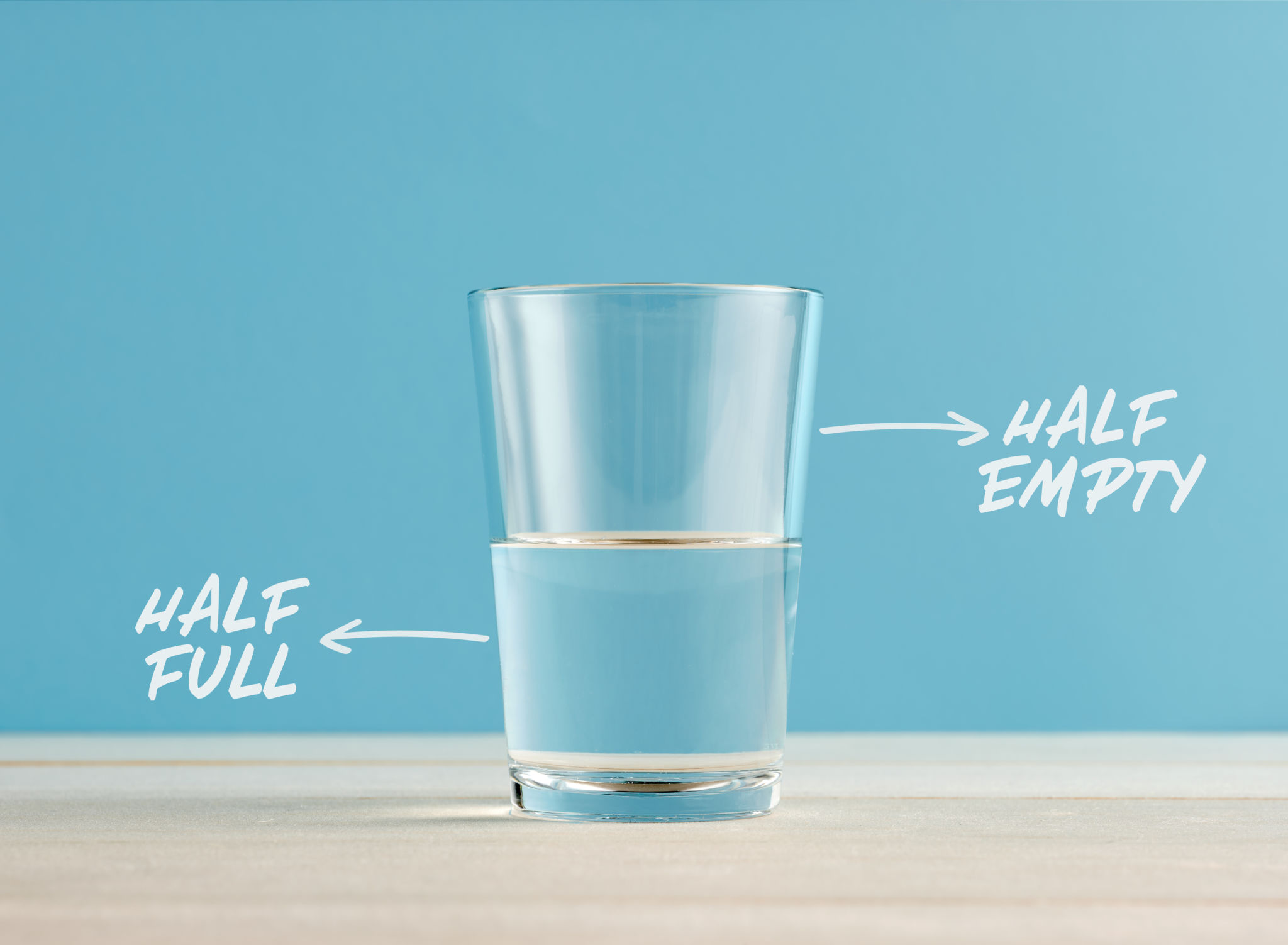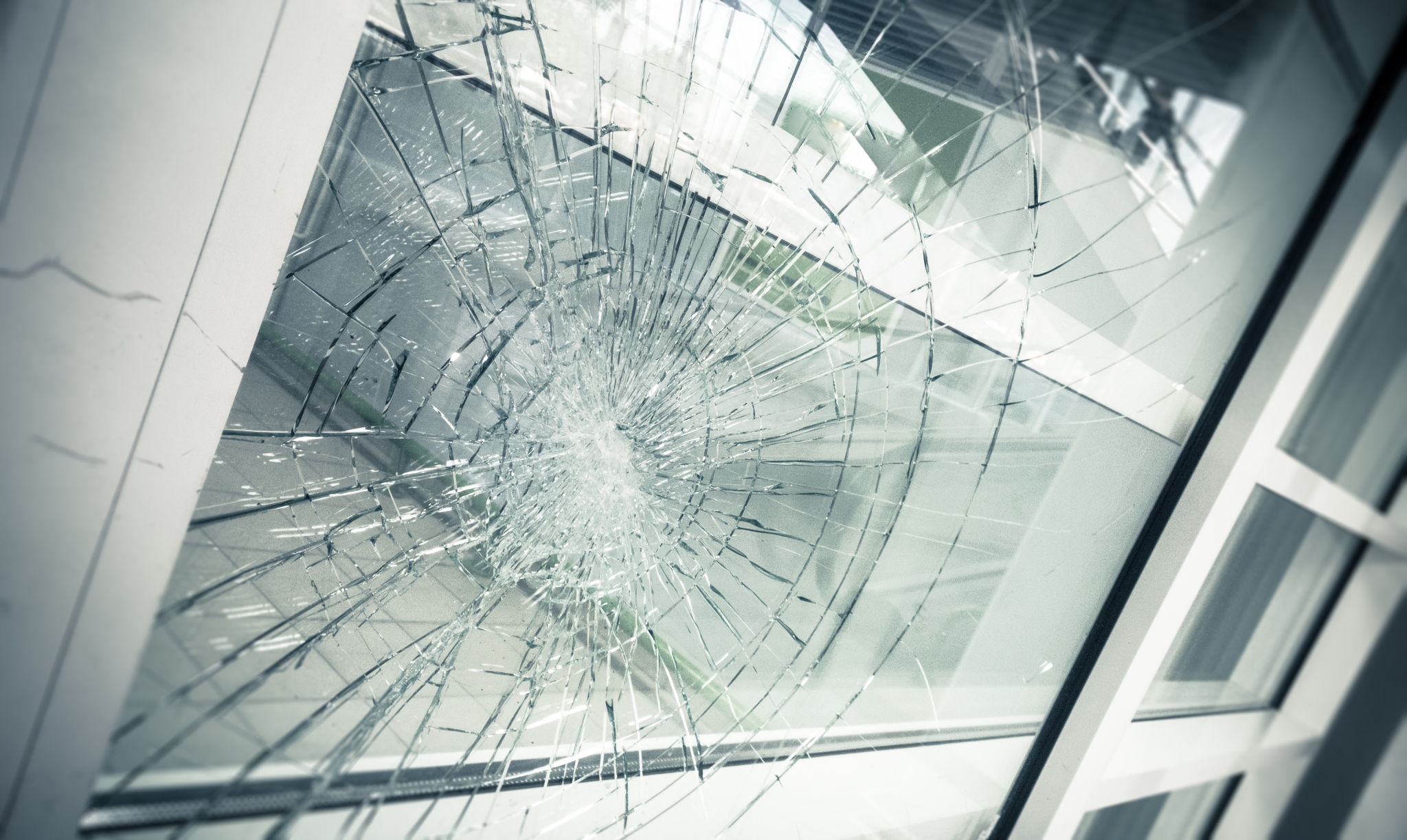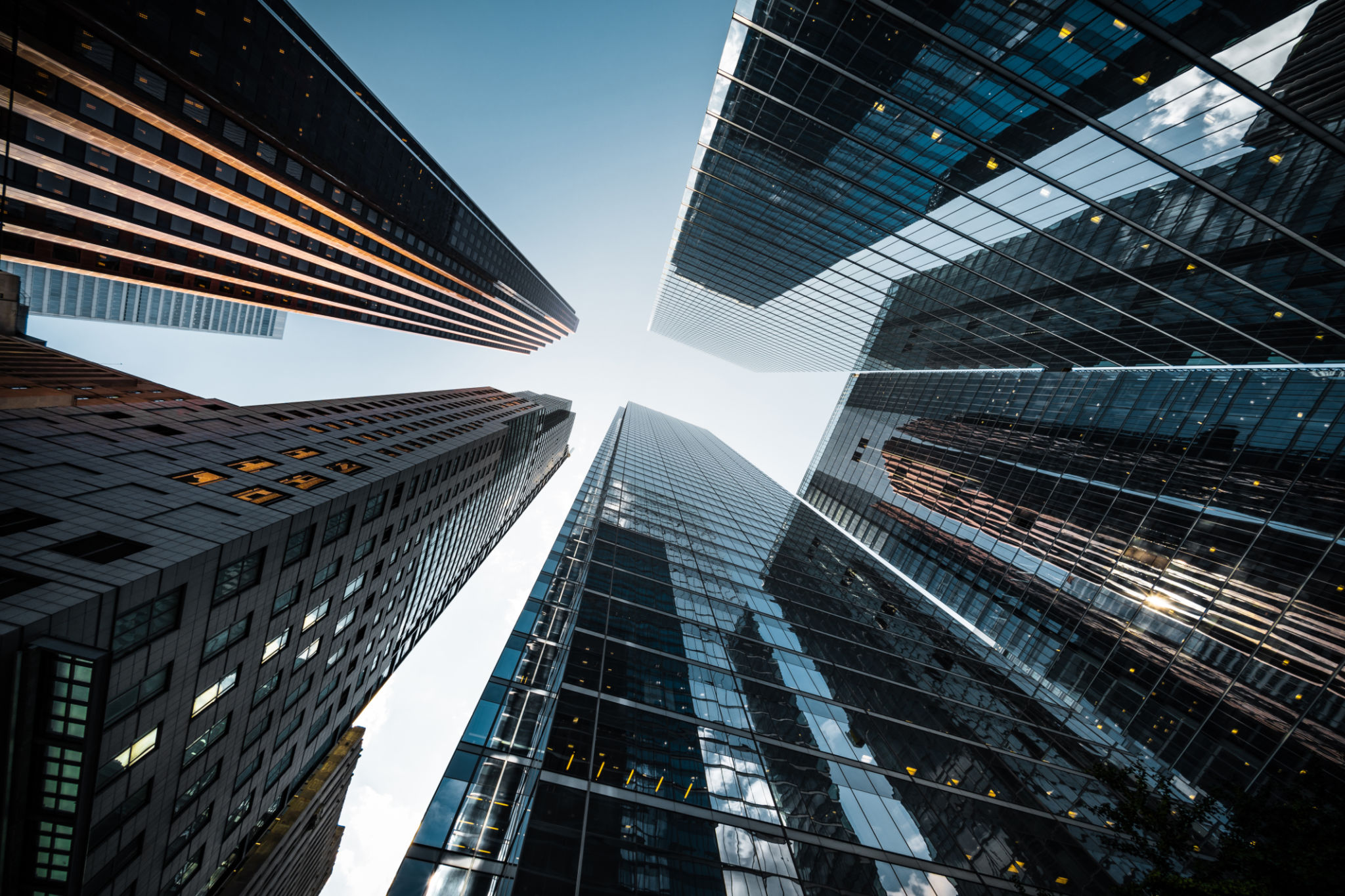Expert Insights: Comparing Veiligheidsglas and Traditional Glass
Understanding the Basics of Glass Types
Glass is a ubiquitous material, present in buildings, vehicles, and various everyday items. Two primary types of glass often discussed in the context of safety and functionality are Veiligheidsglas (safety glass) and traditional glass. Understanding the fundamental differences between these two can help consumers make informed decisions for their specific needs.
Traditional glass is simply a single pane of glass, commonly used in older buildings and some household items. It offers basic functionality but is susceptible to breaking into sharp, dangerous shards. In contrast, veiligheidsglas is engineered to enhance safety, durability, and functionality, making it a preferred choice in many modern applications.

Composition and Construction
The composition of glass significantly affects its performance and safety features. Traditional glass is made by cooling molten silica, resulting in a brittle material prone to shattering under stress. This can pose significant hazards in environments where safety is a priority.
Veiligheidsglas, on the other hand, undergoes specialized processes such as tempering or lamination. Tempered glass is rapidly cooled during manufacturing, which increases its strength and causes it to crumble into small, less harmful pieces when broken. Laminated glass consists of multiple layers bonded together with a plastic interlayer, maintaining its integrity even when cracked.

Applications and Use Cases
When choosing between veiligheidsglas and traditional glass, consider the application and environment. Traditional glass may suffice for decorative purposes or in areas with minimal risk of impact. However, its limitations become evident in scenarios requiring enhanced safety.
Veiligheidsglas is widely used in automotive windshields, building windows, shower doors, and even smartphone screens due to its superior strength and safety features. Its ability to withstand high impact makes it ideal for environments where human safety and material durability are paramount.

Costs and Considerations
Cost is an important factor when selecting the type of glass. Traditional glass is generally less expensive due to its simpler manufacturing process. However, the potential risks and replacement costs associated with breakage may offset the initial savings.
Veiligheidsglas typically comes with a higher upfront cost but offers long-term value through enhanced safety, durability, and reduced maintenance needs. When considering the costs, it's crucial to weigh these factors against the specific requirements and budget constraints of your project.
Environmental Impact
The environmental impact of glass production is another consideration for eco-conscious consumers. Traditional glass production can be resource-intensive, though recycling options are available to mitigate its environmental footprint.
Veiligheidsglas production involves additional energy due to its complex processes, but its durability often results in fewer replacements over time, potentially reducing overall environmental impact. Choosing the right type of glass can contribute to sustainability goals by balancing durability and resource consumption.
Expert Opinions on Safety
Experts in construction and design emphasize the importance of selecting the right glass type based on the specific application. Safety professionals often advocate for veiligheidsglas in environments where human safety is a concern due to its reduced risk of injury upon breakage.
In summary, understanding the differences between veiligheidsglas and traditional glass can guide consumers in making informed decisions that align with their safety needs and project goals. Whether prioritizing cost-efficiency or safety, evaluating these factors ensures optimal outcomes for any application.